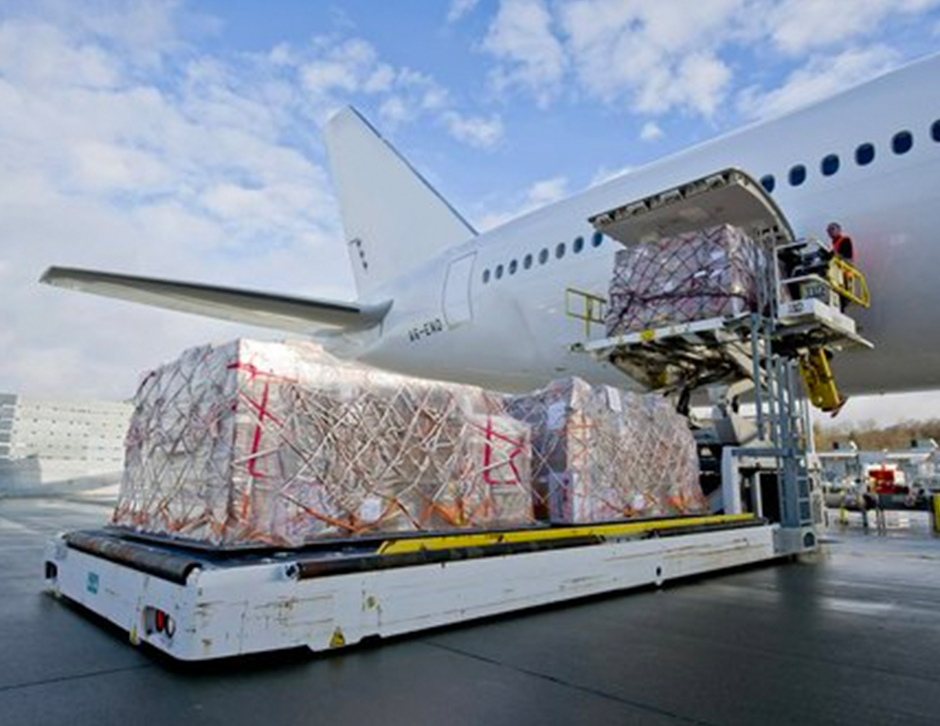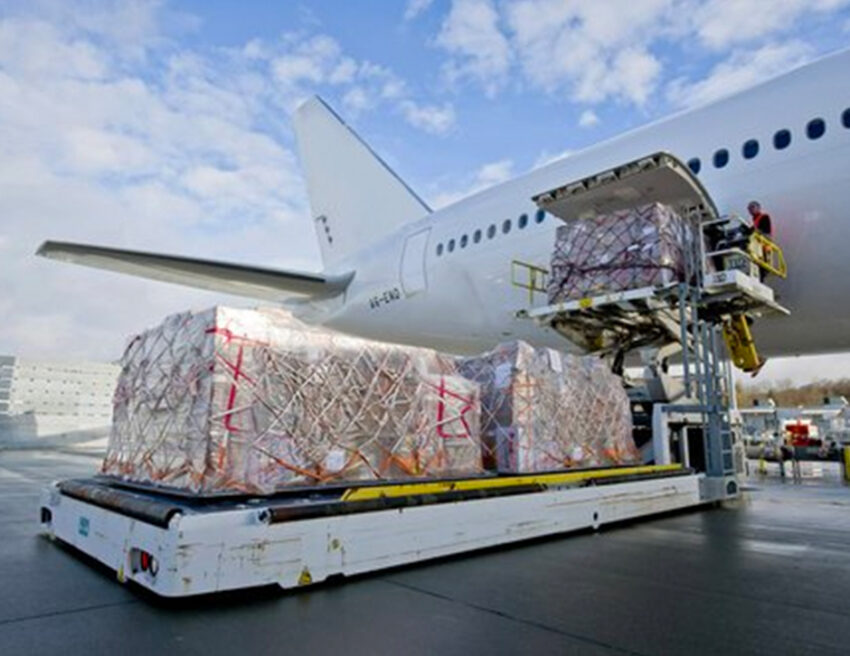As the peak shipping season draws near, the spot rates for Asia to Europe have increased by a whopping 30%. The shutdown of the Yantian Port in the second quarter of this year followed by the Coronavirus outbreak at the Ningbo Port in China witnessed massive disruption and capacity losses. The repercussion of the disruptions in the ocean freight industry has had a palpable effect on the air freight shipping sector. Keep reading today’s blog to find out how supply chain disruptions in the last few months have taken its toll on international air cargo services.

The supply chain disruptions in China & its impact on the air freight shipping industry
The volatility of the ocean freight shipping industry has had a massive impact on the air freight companies. To begin with, the forwarders started buying space to ensure availability for the Christmas season. Apart from the shutdown of the Ports of Yantian and Ningbo, several supply chain disruptions destabilized the shipping industry and hiked up the air freight rates. Additionally, the Chinese air freight sector is having to contend with its own issues. The recent interruptions of cargo operations at the Shanghai Airport further complicated the scenario.
After the outbreak at the Shanghai Airport, the freighters were operating at only 33% capacity in the first two weeks of August. Moreover, the backlog started building up as early as July 2021. As more and more freight forwarders are turning to air freight solutions to keep their cargo moving, the demand has exceeded the capacity. As stated by Thomas Mack, Head of Air Freight at DHL, “The port closures, not only in central China but also in Vietnam in July and August, have affected the ocean shipping industry more than the closure of the Suez Canal following the Ever Given blockage earlier this year.” Therefore, it can be said without a doubt that air freight will come up as the preferred shipping mode to ensure supply chain certainty.
Spot rates are on the rise
As for the air cargo spot rates, the market is on fire especially for freighters operating between Asia to Europe. Presently, the spot rate on this trade lane is $6.50 per Kg. The price last month was $5 and the 30% increase in rates is quite unprecedented. As per a report by CLIVE data, the average international load factor has risen by 64% from last month to almost 68% in the past week. Putting it simply, we have enough indicators that the markets rates will further increase in the coming months. The increased demand on one hand and tight capacity on the other is contributing to rising freight rates.
Many forwarders are panicking about getting their cargo shipped to the consumer’s destination before the peak season. This is further pushing up the spot rates. The high load factor is an important reason that will keep pushing the air freight rates in the fourth quarter of 2021.
Air freight rates between Asia to Europe and the US are on the rise
In this context, it is not surprising that the freight rates between China to Europe and Asia are steadily increasing. The rates which have started rising since July 2021 will continue to increase as Christmas approaches. Moreover, the launch of Playstation 5, and iPhone 13 also took up a large volume of freight capacity. Additionally, the massive increase in import volume in the USA and Latin America of products from China has further complicated the scenario.
There will be a shortage of air freight space in the upcoming peak season
Apart from the pandemic, the recent flood also led to the loss of productivity in the Chinese air freight shipping sector. On top of that, the new regulations by the International Civil Aviation Organization for 100% freight screening in the USA are also adding to the backlogs. Not just in China, but airports everywhere in the world are dealing with serious backlogs. For example, O’Hare International Airport, Amsterdam Airport, and Frankfurt Airport are also experiencing long delays. This is because of the high cargo volumes and shortage of space. Although the available capacity is greater than last year, it is still 23% below the pre-pandemic level.
All cargo planes are almost booked for November. As of now, the freight forwarders are chartering flights for the second half of December. According to Mile Hill the Director of Air Partner, a leading air charter solution provider, statistics show that almost 43% of the international commercial air fleet is now parked. As a result, almost 100,000 tonnes of belly-hold capacity are unavailable for the air freight forwarders. In his words, “It has been good to see numerous freighter conversion and factory freighters being launched in the last months, but there are, of course, still nowhere near enough airframes for the Q4 demand.”
Prices and demand will be on the rise
The demand-supply imbalance is a crucial factor behind the high freight rates. To quote, Kelvin Leung, the CEO of DHL in the Asia Pacific, “We expect rates will remain heightened due to healthy demand growth against limited capacity. The upcoming peak season will likely be operationally challenging due to the recent new Covid-19 measures imposed on the workers and operators at the PVG airport.”
According to Flexport, the reduced passenger capacity is a major factor leading to increasing freight rates. IATA has warned that the air freight market in Latin America might face heightened capacity problems. On the other hand, in Europe, the market for cargo bound to the Far East and West will be volatile. However, presently the rates are more or less stable in Europe. This is because the air freight shipping industry has designated 2,300 passenger planes as cargo only. Moreover, 150 of these aircrafts will have their seats removed. Most importantly, the utilization of freight planes has also reached a record high.
Before the pandemic, air freight was responsible for around 12-15% of the net revenues of the airlines. Presently, cargo accounts for over 25% of their revenue. However, because of the grounding of several passenger flights, the airlines are not able to reap a handsome profit.


